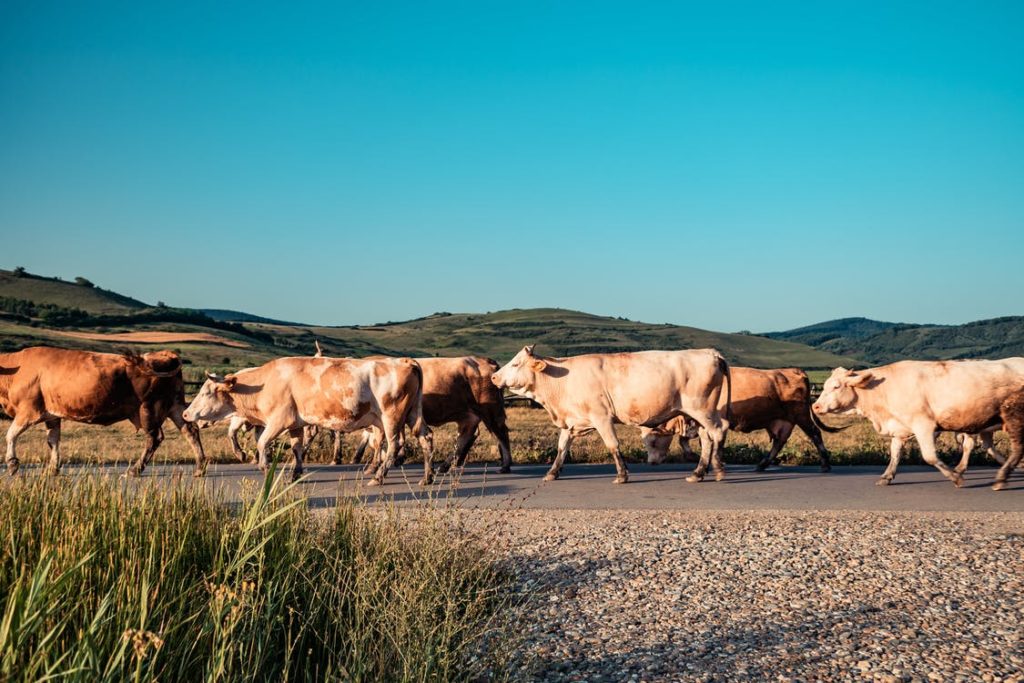
Thousands of cattle have died in Kansas this week due to the extreme heat experienced there; but some may be surprised to learn three other factors at play responsible for the unusual deaths. According to the Kansas Department of Health and Environment, more than 2,000 cattle died this week due to the weather; with more heat possible in the coming days, that cattle death toll is expected to rise.
While high temperatures aren’t rare for Kansas this time of year, two meteorological conditions impacting Kansas are unusual: very high humidity and very low winds. The air in Kansas is usually more dry than it has been, with relative humidity levels and dewpoint readings well above average in Kansas. As with humans, this higher humidity creates a higher apparent temperature for cattle when air temperature and air water content are combined. The higher the apparent temperature, the more of a struggle it is for cattle, humans, and most other animals to adjust to the hot conditions. Kansas is also usually breezy, but those winds were absent this week. With a stagnant, hot and humid air mass, cattle succumbed to the weather conditions they simply aren’t used to.
A third unusual factor at play is the unusually cool and long chilly spring experienced in the state. Cattle typically shed off their heavier winter coats in the spring as temperatures warm. However, because chilly conditions lingered late this year and the hot conditions suddenly appeared, many cattle haven’t had a chance to shed.
According to the Kansas Livestock Association, relief is available to impacted farmers. “The Livestock Indemnity Program (LIP) offers payments to eligible livestock owners for deaths in excess of normal mortality caused by eligible loss conditions, which can include extreme heat,” the association said in a statement. “Producers must file a notice of loss within 30 days of the loss becoming apparent and file an application for payment within 60 days of the end of the year. Although livestock owners can apply for LIP in the county in which the loss occurred, it is recommended they apply in the county that maintains their Farm Service Agency records.” The association also recommends collecting weather documentation, such as temperature, heat, and humidity readings from a weather station and a statement from a veterinarian verifying the deaths of farm animals was due to the weather.